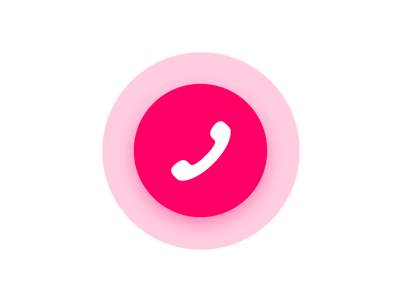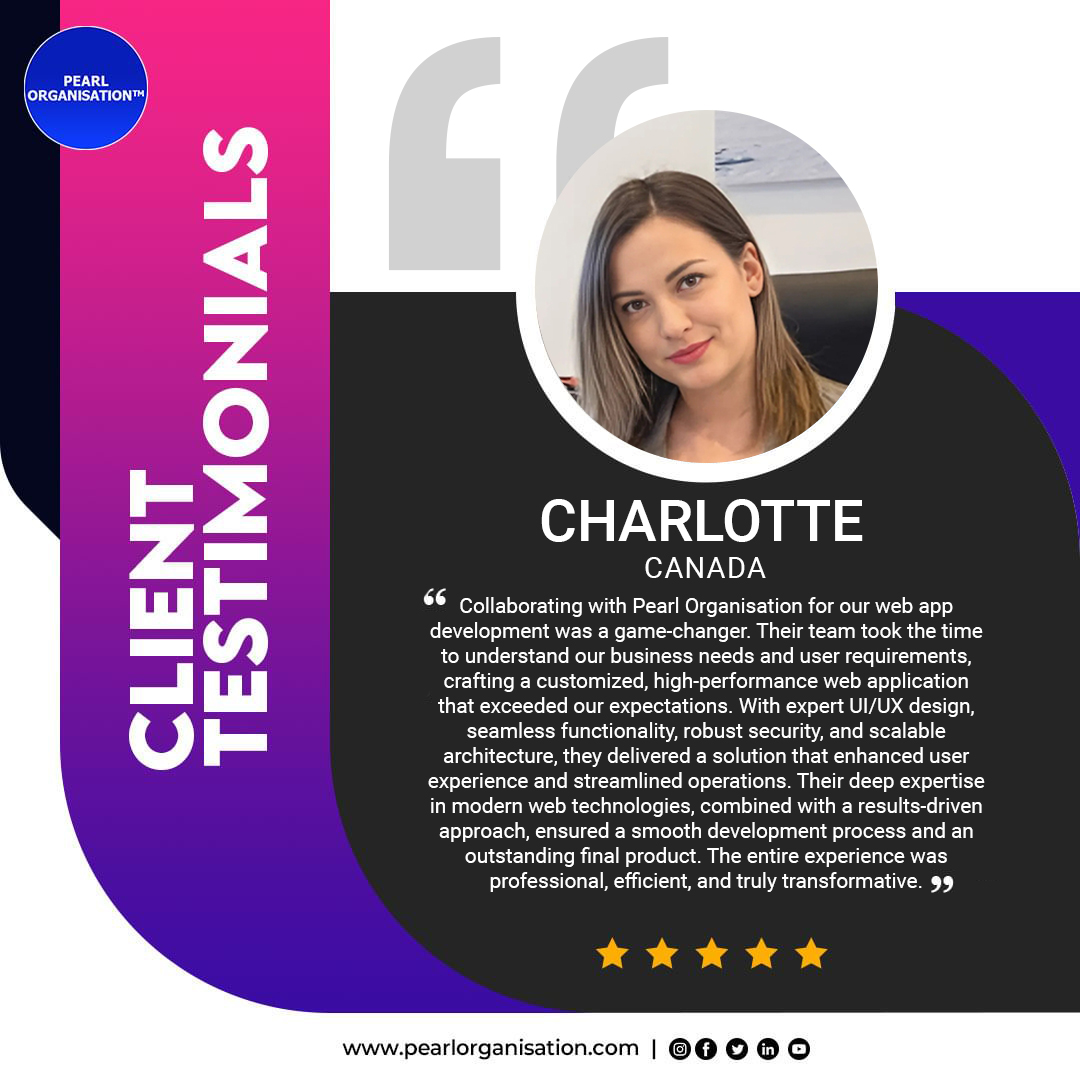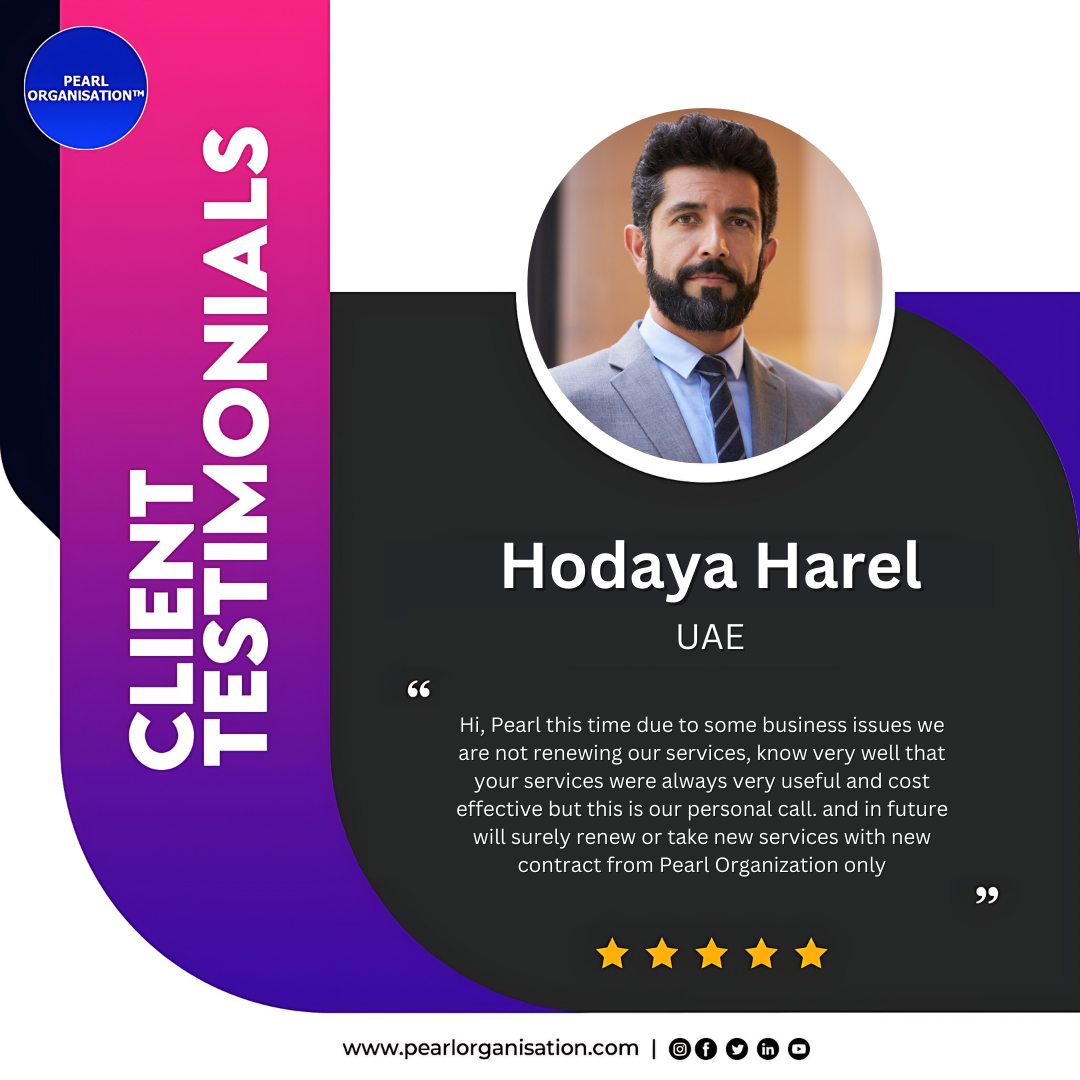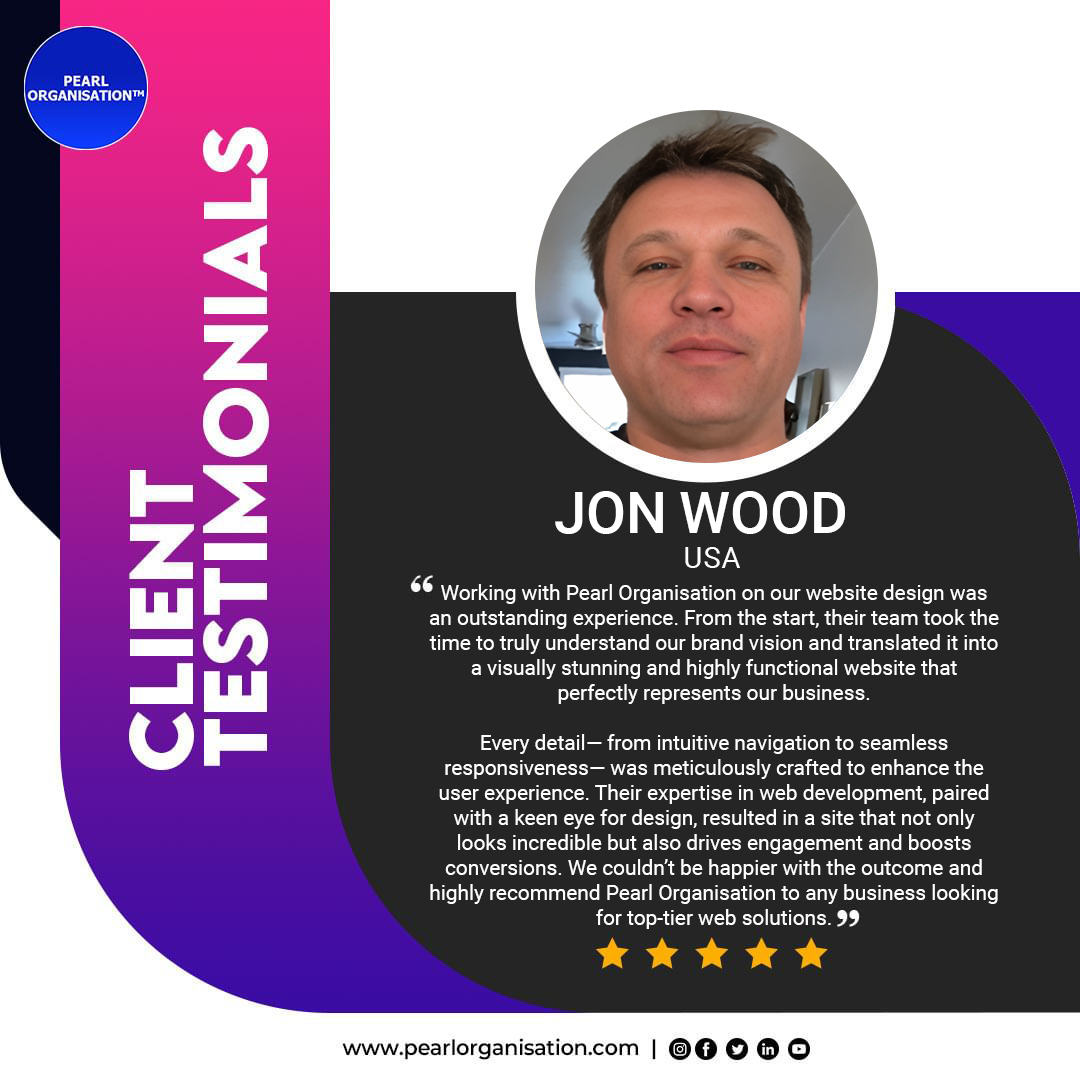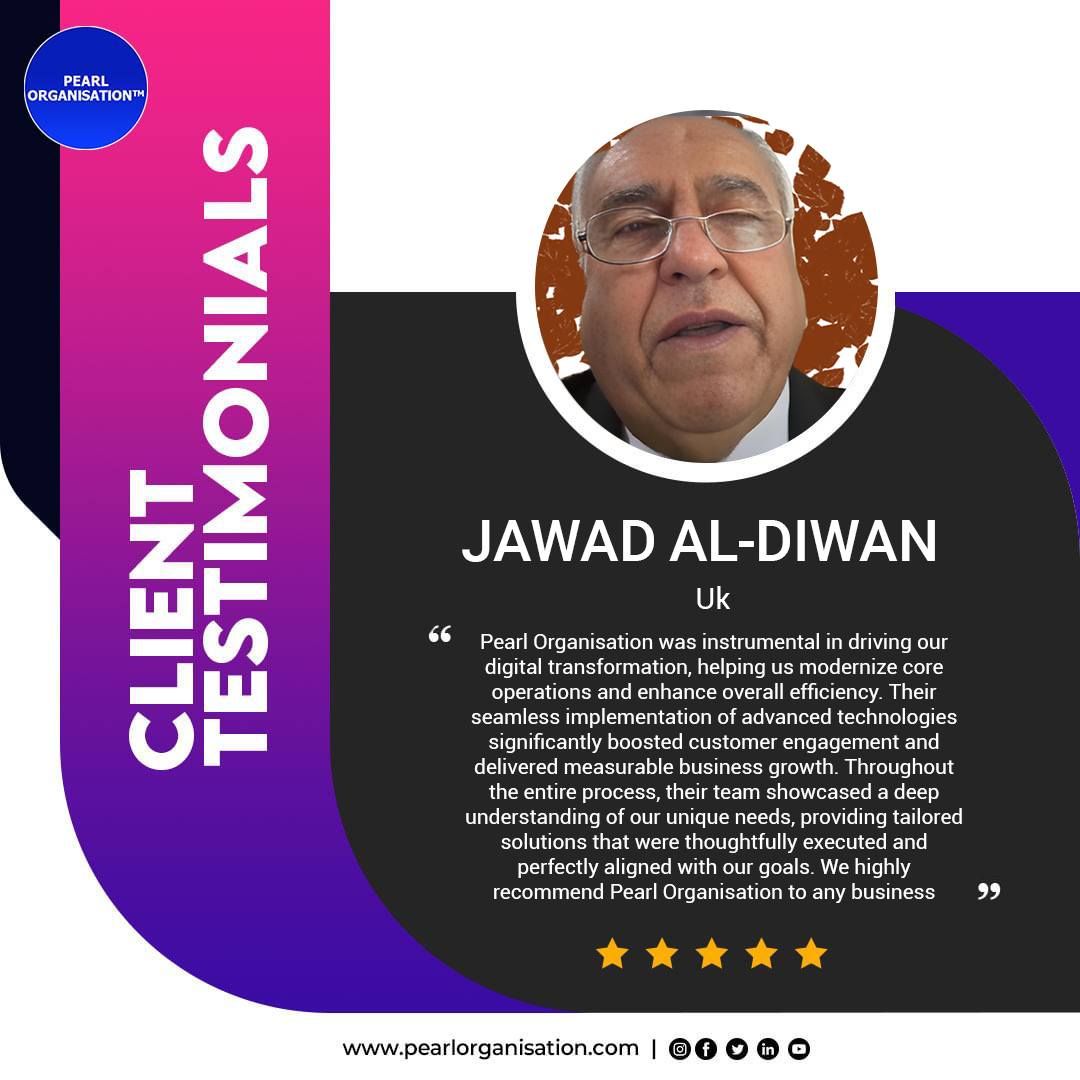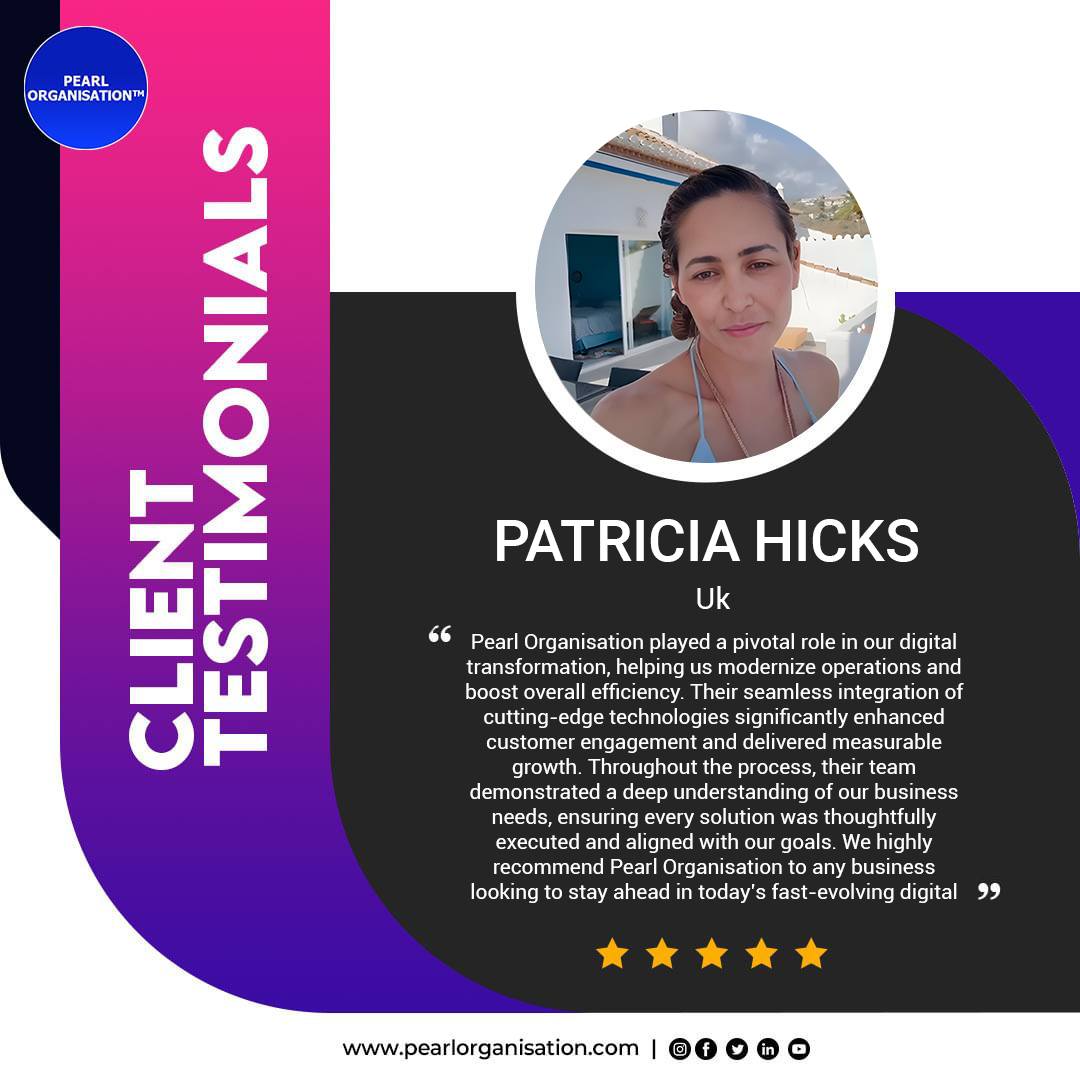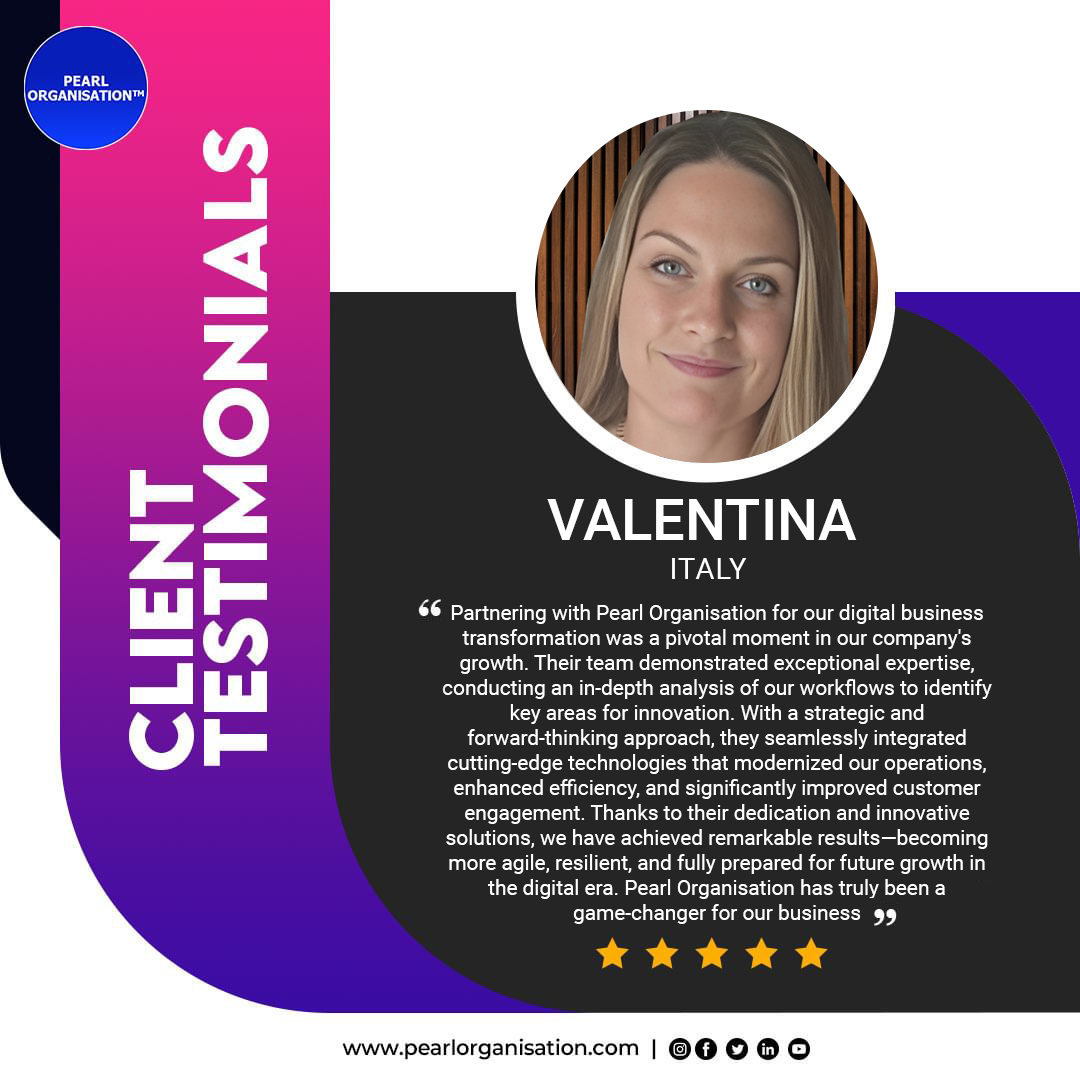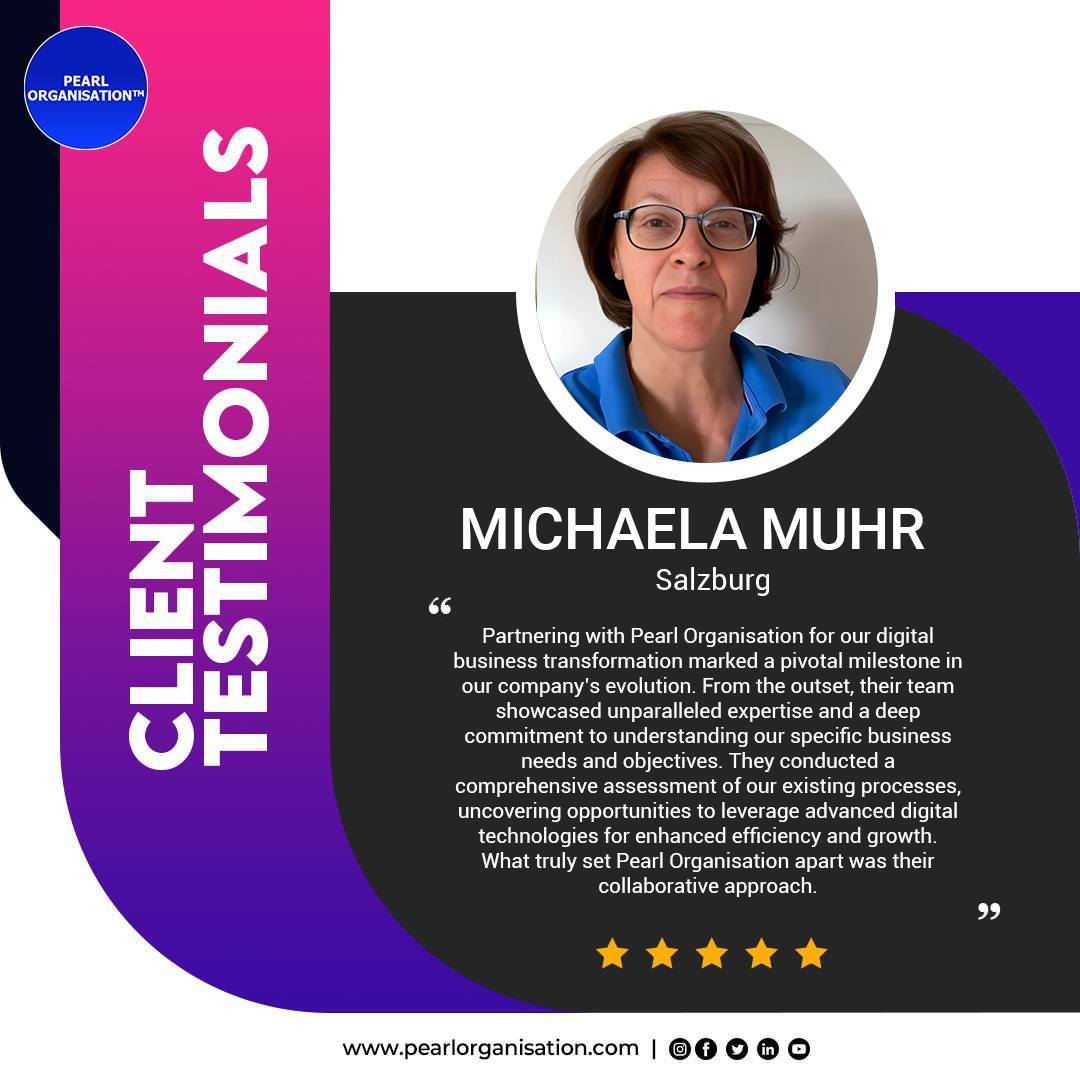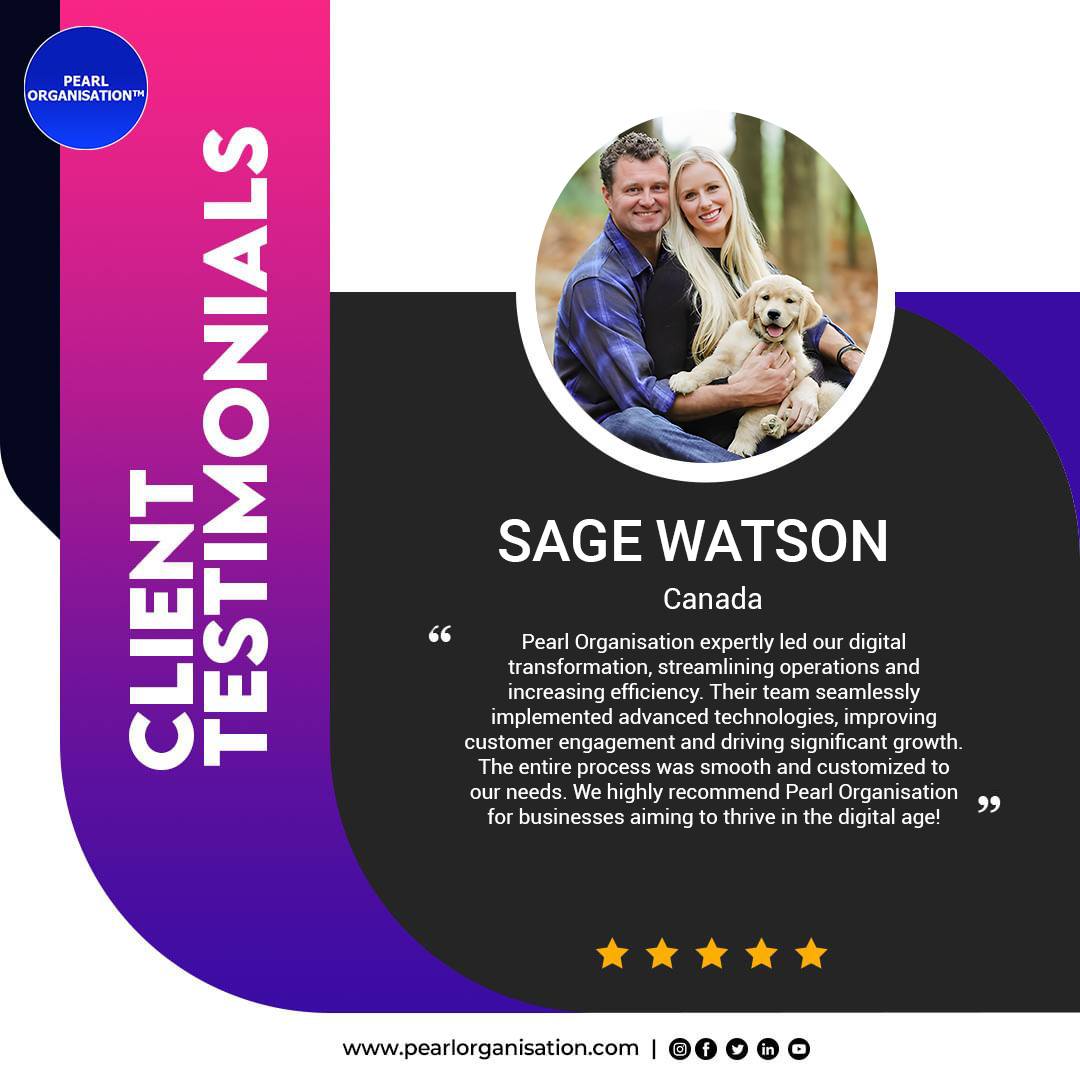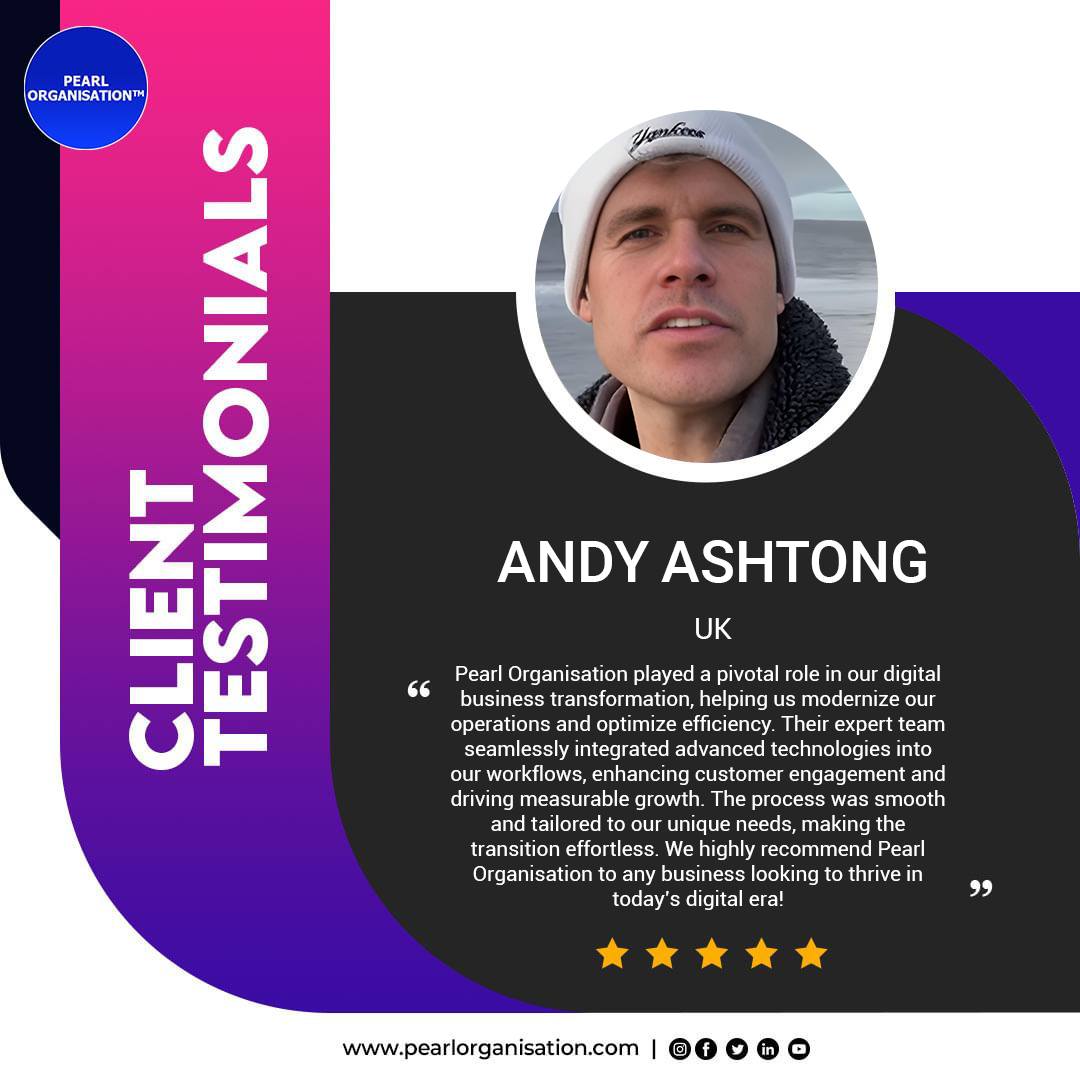SaaS Product Development Lifecycle: From Concept to Market-Ready Platform
- Larrisa
- May 19
- 7 min read

Powered by Pearl Organisation
In today’s digital-first world, Software as a Service (SaaS) has become the go-to model for businesses seeking scalability, flexibility, and cost-efficiency. But building a successful SaaS product isn’t merely about coding an app—it’s about solving real problems, ensuring user-centric design, engineering seamless performance, and deploying with a long-term vision.
This article explores the complete SaaS product development lifecycle, uncovering each stage from idea to launch, and how Pearl Organisation empowers startups, enterprises, and innovators to build high-performing SaaS platforms that scale globally.
🧩 What Is SaaS Product Development?
SaaS product development refers to the process of creating cloud-based applications that users can access via a subscription model. Unlike traditional software, which requires installation and manual updates, SaaS products are centrally hosted and continuously improved with real-time updates, scalability, and minimal client-side infrastructure.
Pearl Organisation offers end-to-end digital product development services that cover every facet of the SaaS journey—from ideation and architecture design to post-launch support.
📈 Why SaaS? Global Market Perspective
The SaaS market is projected to reach $908.21 billion by 2030 (Source: Fortune Business Insights).
SaaS adoption has grown 5x faster than on-premise software due to cloud accessibility and lower TCO (total cost of ownership).
Over 70% of businesses now run at least one SaaS-based application as part of their digital ecosystem.
🛠️ The SaaS Product Development Lifecycle — 8 Critical Stages
Let’s break down each phase of the SaaS lifecycle in detail:
1. Ideation & Product-Market Fit Analysis
📌 Objective: Identify a genuine market need and validate your product concept.
Without strong market demand, even the most technically sound product is bound to fail. The first step is to define a problem worth solving and ensure there's an addressable market willing to pay for your solution.
Key Steps:
Pearl Organisation’s Role:
Our team collaborates with clients to map user personas, identify pain points, perform value gap analysis, and define unique selling propositions (USPs) that make your SaaS stand out.
2. Requirement Gathering & Strategic Roadmapping
📌 Objective: Build a technical and business blueprint for your product.
This is where the vision transforms into a plan of execution. Clarity is key—every feature, workflow, and integration must be aligned with the end-user journey.
Key Components:
Pearl Organisation’s Role:
Our business analysts and solution architects work closely with founders and project stakeholders to create a detailed product requirement document (PRD) and agile roadmap that accelerates delivery.
3. UI/UX Design & Prototyping
📌 Objective: Create a user-friendly and intuitive SaaS interface.
User experience (UX) is often what separates successful SaaS from forgettable ones. A good UX reduces churn, increases adoption, and drives long-term customer loyalty.
Key Deliverables:
Low-fidelity wireframes
High-fidelity mockups (desktop, tablet, mobile)
Clickable prototypes for early feedback
Pearl Organisation’s Role:
We leverage tools like Figma, Adobe XD, and InVision to design responsive, accessible, and brand-aligned interfaces. Our design sprint workshops help refine UX based on early user interaction.
📌 Objective: Transform validated designs into functional code with agile cycles.
This is the most resource-intensive stage, where the actual development of the SaaS platform happens. Modular architecture, clean code, and scalable APIs are essential.
Technology Stack Expertise:
Pearl Organisation’s Role:
We adopt a microservices or serverless architecture where applicable, ensuring easy updates and scalability. Our agile sprints ensure bi-weekly demos and continuous client involvement.
5. QA Testing, Performance, and Security Checks
📌 Objective: Ensure the product is bug-free, secure, and meets performance benchmarks.
Your SaaS platform must deliver seamless performance across devices and use cases—anything less will lead to negative reviews and churn.
Testing Types:
Unit and Integration Testing
Cross-browser and device compatibility
Load testing and stress simulation
Penetration testing and vulnerability checks
GDPR/CCPA compliance testing
Pearl Organisation’s Role:
We integrate automated testing frameworks like Selenium, JMeter, and Postman for CI/CD pipelines. Our dedicated QA team handles all edge cases to ensure a robust release.
6. Deployment & SaaS Launch Strategy
📌 Objective: Release your product with confidence and a powerful GTM plan.
Launching your SaaS is more than flipping a switch. It requires coordinated deployment across infrastructure, user onboarding, customer support, and marketing.
Must-Haves:
Cloud instance setup and scaling plans
SSL, CDN, and firewall configuration
Admin dashboard & user registration setup
Launch announcement and PR kit
In-app tutorials or product tours
Pearl Organisation’s Role:
We handle zero-downtime deployments, version control, and rollback planning. We also assist with App Store submissions, SEO setup, and initial growth campaigns to drive traction.
7. Post-Launch Maintenance & Feedback Loop
📌 Objective: Continuously monitor, maintain, and improve your platform.
After launch, your SaaS product enters a cycle of learning, refining, and scaling.
Activities Include:
Error monitoring & real-time alerts
User behavior tracking (Heatmaps, GA4, Mixpanel)
Monthly performance audits
Scheduled backups and security patching
Customer support via chatbots or ticket systems
Pearl Organisation’s Role:
We offer SLA-backed maintenance contracts, version upgrades, feature enhancements, and infrastructure optimization services to keep your product performing at its best.
8. Scaling & Monetization Strategy
📌 Objective: Expand your SaaS reach and maximize profitability.
Once product-market fit is achieved, the next goal is scaling the platform across geographies, use cases, or customer segments.
Monetization Techniques:
Subscription tiers (Freemium, Pro, Enterprise)
Usage-based billing
Feature-gating
White labeling
SaaS affiliate programs
Pearl Organisation’s Role:
We support multi-tenant SaaS setup, automated billing and Stripe integration, and performance tuning to manage 10x+ user growth without infrastructure failures.
🧠 Why Pearl Organisation Is the Best Choice for SaaS Product Development
✅ Over 150 Countries Served Globally
✅ 7+ Years of Digital Product Development Experience
✅ 96% Client Retention Rate
✅ Scalable Architecture with Cloud-Native Technologies
✅ End-to-End Services: Idea → UI/UX → Dev → Launch → Maintenance
✅ 100% Confidentiality via NDA & IP Agreements
Our approach is simple: We build SaaS platforms that succeed in the real world.
✅ Let’s Build the Future, Together
Whether you're a solo founder with a brilliant SaaS idea or a growing enterprise looking to digitize operations, Pearl Organisation offers the technical acumen, strategic thinking, and full-stack development muscle to bring your vision to life.
🚀 Visit https://www.pearlorganisation.com/digital-product-development-services to start your SaaS journey today.
🔍 Frequently Asked Questions (FAQs)
1. What is SaaS product development?
SaaS (Software as a Service) product development is the process of designing, building, deploying, and maintaining cloud-based software applications that users access over the internet via a subscription model. Unlike traditional software, SaaS applications are centrally hosted, regularly updated, and scalable on demand.
2. How is SaaS different from traditional software?
SaaS eliminates the need for installation, manual updates, or infrastructure management. Users access SaaS apps via a browser, and updates are automatically delivered. Traditional software requires on-premise installation and often comes with higher upfront costs.
3. What are the key stages in the SaaS product development lifecycle?
The lifecycle includes:
4. Why is market research essential in SaaS development?
Market research ensures there’s actual demand for your product, helping you avoid building a solution no one needs. It helps define your ideal user persona, understand competitor offerings, and craft a unique selling proposition (USP).
5. What is the difference between MVP and full-scale SaaS development?
An MVP (Minimum Viable Product) includes just the core features to test user demand and get early feedback. Full-scale SaaS development builds the complete product with all planned functionalities, suitable for market expansion and monetization.
6. How long does it take to build a SaaS product?
It typically takes 3 to 9 months, depending on the complexity, feature set, team size, and whether you’re building an MVP or a full product. Pearl Organisation follows agile sprints to speed up delivery while ensuring quality.
7. Which technologies are used in SaaS development?
8. How does Pearl Organisation support SaaS development?
Pearl Organisation offers complete SaaS development services, including ideation support, UI/UX design, full-stack development, QA testing, cloud deployment, and post-launch maintenance with an SLA.
9. What is multi-tenancy in SaaS and is it important?
Multi-tenancy allows a single software instance to serve multiple users (tenants) while keeping their data isolated. It’s essential for scalability, easier updates, and cost-efficiency in SaaS platforms.
10. How do you ensure SaaS scalability and performance?
We design systems with modular architecture, use cloud-native infrastructure, integrate CDNs, implement caching, and set up autoscaling to handle traffic spikes without performance degradation.
11. How is security handled in SaaS platforms?
We implement strong encryption (SSL/TLS), role-based access control, GDPR/CCPA compliance, two-factor authentication, and regular penetration testing to ensure end-user and business data protection.
12. Can Pearl Organisation help launch my SaaS product globally?
Absolutely. We support global deployment with multi-region hosting, localization, App Store publishing, SEO optimization, and go-to-market strategy tailored for international markets.
13. How are bugs and performance issues managed post-launch?
We offer real-time monitoring, automated error reporting, hotfix support, and bi-weekly audits. Our team is available 24/7 under maintenance SLAs to resolve issues and optimize performance.
14. What pricing models can be integrated into a SaaS application?
SaaS supports freemium, flat-rate, usage-based, per-user, tiered pricing, or custom enterprise billing models. We integrate systems like Stripe, Razorpay, and Chargebee for automated billing.
15. What is the cost of building a SaaS product with Pearl Organisation?
Costs depend on project complexity, features, and duration. A basic MVP may start from $10,000, while enterprise-grade platforms may range from $40,000 to $200,000+. Get a custom quote via Pearl Organisation’s contact form.
16. Can you help modernize or migrate an existing SaaS product?
Yes. Pearl Organisation offers legacy modernization, codebase optimization, UI/UX upgrades, API enhancement, and cloud migration for existing SaaS platforms.
17. Do you support SaaS app deployment on mobile platforms?
Yes. We offer hybrid (Flutter, React Native) and native (Android/iOS) app development, ensuring seamless synchronization between web and mobile platforms.
18. Do you sign NDAs and ensure IP protection?
Yes, we sign legally binding Non-Disclosure Agreements (NDAs), and all IP rights, source code, and assets are 100% transferred to the client upon completion as per our SLA.
19. How do I track the progress of my SaaS development project?
We provide transparent, milestone-based progress reports, bi-weekly sprint demos, access to task boards (Jira, Trello), and direct communication with your assigned project manager.
20. What ongoing support does Pearl Organisation provide after launch?
Our post-launch support includes bug fixes, performance monitoring, feature upgrades, user analytics, marketing assistance, and scaling infrastructure as per usage demand.
21. Is SaaS a good model for startups in 2025 and beyond?
Yes. With low entry costs, predictable revenue, and high scalability, SaaS is one of the most startup-friendly business models in 2025. Pearl Organisation helps startups build investor-ready SaaS platforms with full technical and strategic guidance.
























